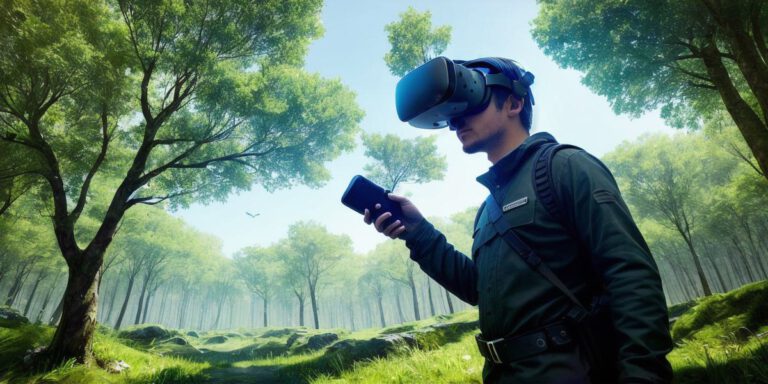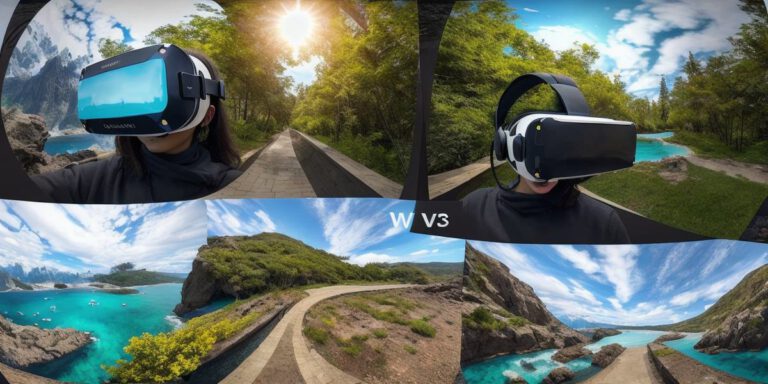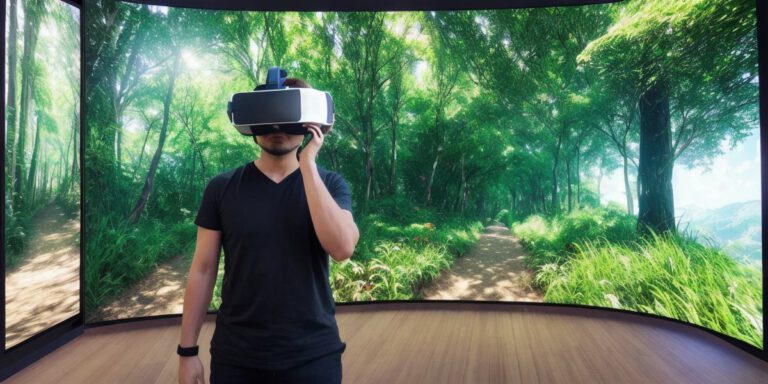The Ultimate Guide to Virtual Reality Development: Features, Advantages, and Popular Applications

As virtual reality technology continues to advance, more and more developers are turning to this immersive medium to create innovative experiences for their users. In this ultimate guide, we will explore the key features of virtual reality development, the advantages it offers over traditional forms of media, and some of the most popular applications in use today.
Features of Virtual Reality Development
Virtual reality development is a complex process that requires specialized skills and tools. Here are some of the key features you will need to know:
- 3D Modeling and Texturing
The first step in virtual reality development is creating a 3D model of your environment. This can be done using software such as Blender or Maya. Once you have your model, you will need to texture it with images and materials that give it a realistic look.
- Programming and Scripting
Virtual reality experiences are built on code. You will need to learn programming languages such as C++ and UnityScript to create the logic and behavior of your environment.
- Audio and Motion Capture
To make your virtual reality experience truly immersive, you will need to include high-quality audio and motion capture technology. This allows users to interact with their environment in a more realistic way.
Advantages of Virtual Reality Development
Virtual reality development offers many advantages over traditional forms of media. Here are some of the key benefits:

1. Immersive Experiences
Virtual reality allows users to fully immerse themselves in a digital world, providing a level of engagement that is difficult to achieve with traditional forms of media.
2. Interactivity
Virtual reality provides a highly interactive environment where users can interact with their surroundings and other characters in real-time.
- Learning and Training
Virtual reality has been used for educational purposes, allowing students to experience situations that may be difficult or impossible to replicate in real life. It can also be used for training employees in a variety of industries.
Popular Applications of Virtual Reality Development
Virtual reality development is being used in many different industries to create innovative experiences for users. Here are some of the most popular applications:
1. Gaming
Virtual reality gaming has quickly become one of the most popular forms of entertainment. Games like Beat Saber and Job Simulator have become instant classics, providing players with a level of immersion that is difficult to achieve on traditional gaming platforms.
- Education and Training
As mentioned earlier, virtual reality has been used for educational purposes. It can be used to create simulations of real-world situations, allowing students to learn in a safe and controlled environment.
3. Medical Applications
Virtual reality has also been used in the medical field. It can be used for surgical training, as well as for treating conditions such as PTSD and phobias.
Summary
Virtual reality development is a complex process that requires specialized skills and tools. However, the advantages it offers over traditional forms of media make it an increasingly popular choice for developers. Whether you are looking to create an immersive game or an educational experience, virtual reality can help bring your ideas to life in a way that is difficult to achieve with other mediums. As technology continues to advance, we can expect to see even more innovative uses of virtual reality development in the future.








